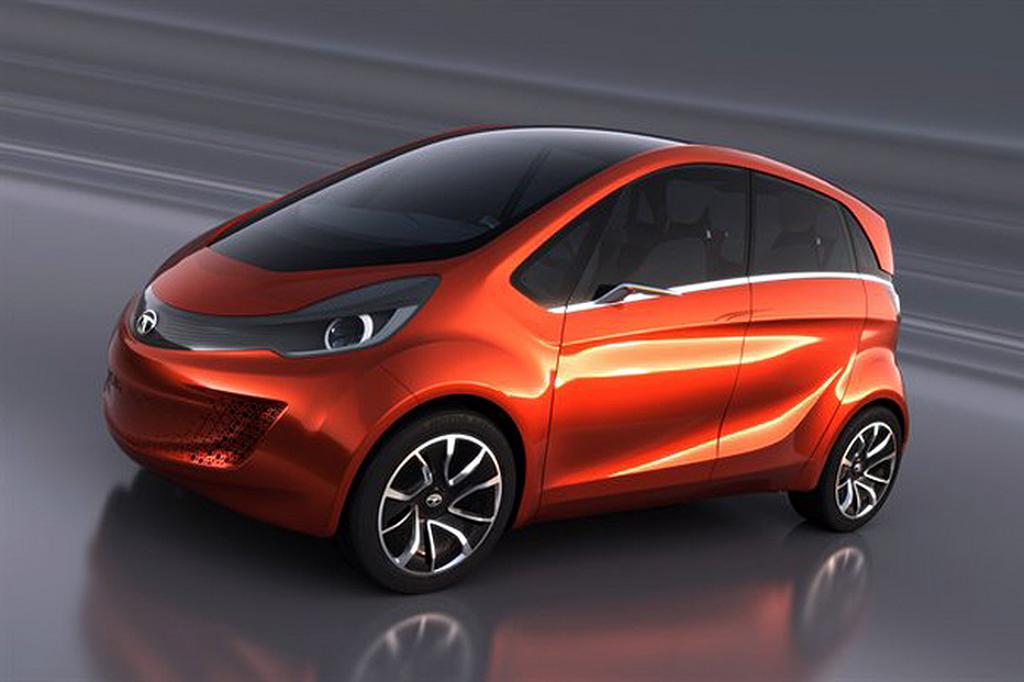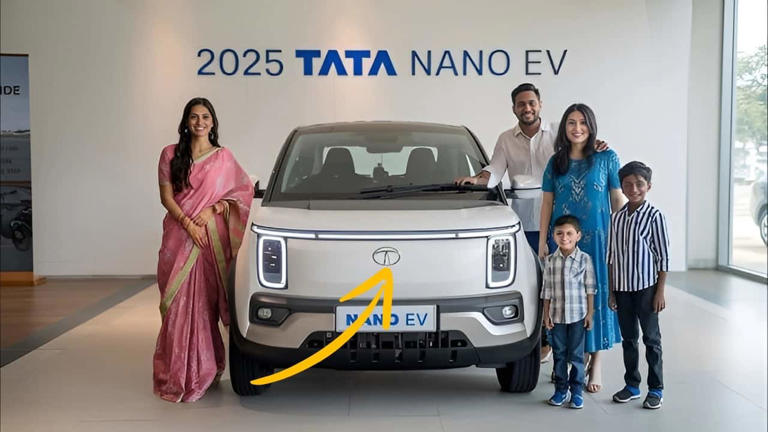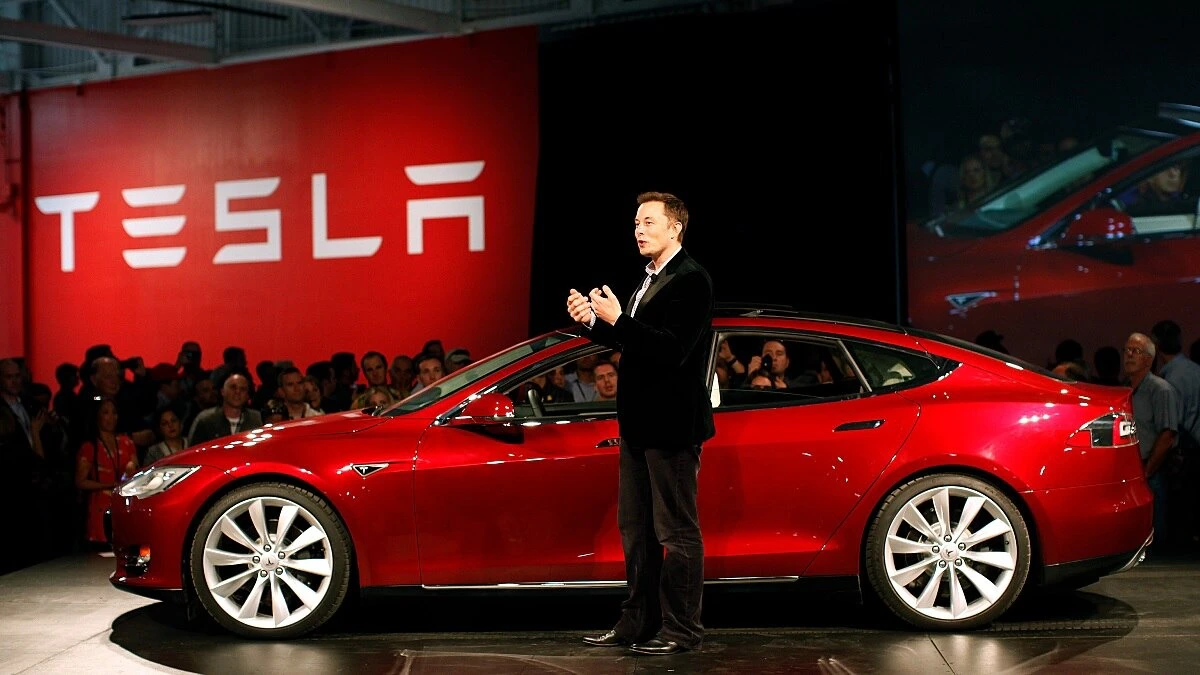Table of Contents
The idea of a modern, electric “people’s car” has long captured the imagination of the Indian automotive market. At the heart of this dream lies the persistent buzz around a Tata Nano EV. While Tata Motors, the undisputed leader in India’s electric vehicle (EV) segment, hasn’t officially confirmed a Tata Nano EV 2025 launch, the sheer speculation and public interest suggest it’s a concept with immense potential.
Given Tata’s impressive lineup of successful EVs like the Nexon EV, Tiago EV, and Punch EV, the notion of an ultra-affordable electric car from the brand makes perfect strategic sense for the mass market. Could the Nano’s spirit be reborn as an electric game-changer?
Why the Nano EV Buzz Continues
The original Tata Nano aimed to democratize car ownership in India with its groundbreaking affordability.1 While its journey had its unique challenges, the core idea of a compact, accessible four-wheeler resonates strongly in a country rapidly embracing electric mobility. An affordable electric car from a trusted brand like Tata could truly accelerate India’s EV transition, potentially shifting a significant number of two-wheeler users to electric four-wheelers.
Expected Launch Timeline: Still Speculative
The rumour mill is abuzz with various timelines. While some reports hint at a potential unveil or launch in mid to late 2025, others suggest early 2026 or even beyond. It’s crucial to remember that Tata Motors has kept mum on any official announcements regarding a Tata Nano EV 2025 launch, so all dates remain within the realm of speculation. However, the consistent discussion around it underscores the strong public and industry anticipation for such a product.
Tata Nano EV Price: The Game-Changing Factor
If and when it launches, the Tata Nano EV is widely expected to claim the title of India’s most affordable electric car. Industry experts are predicting an ex-showroom price ranging from ₹4 lakh to ₹6 lakh. At this price point, it wouldn’t just compete with other entry-level EVs like the MG Comet EV; it could even challenge premium two-wheelers and entry-level petrol hatchbacks, fundamentally changing the dynamics of personal mobility in India. Some highly optimistic forecasts even push the price as low as ₹2.30 lakh, though this seems challenging given current battery manufacturing costs.

Speculative Specifications and Features of the Tata Nano EV
Based on industry insights and logical progression from Tata’s existing EV portfolio, here’s what a potential Tata Nano EV 2025 might offer:
- Battery Capacity: Likely to feature a smaller lithium-ion battery pack, perhaps in the range of 17 kWh to 24 kWh, optimized specifically for urban commuting needs.
- Driving Range: Expect a real-world range of approximately 150 km to 250 km on a single charge. This would be ideal for daily city driving, running errands, and short inter-city trips.
- Motor & Performance: A compact electric motor would provide instant torque, typical of EVs, ensuring nimble and responsive performance in city traffic. A top speed in the range of 70-100 km/h would be adequate for urban environments.
- Charging: It would undoubtedly support standard AC charging (taking around 4-6 hours for a full charge). Given the market trend, some level of DC fast charging capability for quicker top-ups would also be a welcome addition, though possibly on higher variants.
- Design: While retaining the compact, city-friendly footprint of the original Nano, the design would be thoroughly modernized. We could expect sleek LED headlamps and DRLs, a characteristic closed-off EV-style front grille, redesigned bumpers, and possibly aerodynamic wheel covers or alloy wheels for enhanced efficiency.
- Interior: A significant upgrade from its predecessor is expected. The cabin could feature a digital instrument cluster, a user-friendly touchscreen infotainment system with smartphone connectivity (Apple CarPlay, Android Auto), power windows, air conditioning, and improved seating comfort and material quality.
- Safety Features: To meet contemporary safety standards, the Tata Nano EV would likely come equipped with dual front airbags, ABS with EBD, and rear parking sensors as standard. Higher variants might even include a reverse parking camera and other convenience features.
- Seating Capacity: It is expected to remain a 4-seater, intelligently maximizing interior space within its compact dimensions.
Also Read : Top 5 AI Automation Tools to Skyrocket Your Business Growth
Impact on the Indian EV Market
If the Tata Nano EV 2025 (or whenever it arrives) successfully launches at an aggressively competitive price point, it has the potential to be a monumental game-changer. Its affordability and compact size could make electric car ownership a reality for a much wider demographic in India, significantly accelerating the country’s ambitious transition to sustainable electric mobility.
While we eagerly await an official word from Tata Motors, the prospect of a new, electric Tata Nano continues to ignite immense interest and hope for an even more affordable and sustainable future of personal transportation in India. The dream of the “people’s car” might just be getting an electric reboot.
Looking to grow your brand online? Our expert digital marketing services help you boost visibility, generate quality leads, and drive real results. From SEO and social media to performance marketing, we’ve got you covered check out our services at KnightPixels and let’s elevate your digital presence!









